Remember I said we had a very wet summer this year? Well, I was on the Appalachian Trail during one of those torrential rainfalls. And I mean climbing up the rocky trail while the rains scoured down the mountainside in rivulets.

Funny thing. You can’t take photos with your phone in the pouring rain. You have to wait for it to stop. If it stops. Even if only momentarily. And momentarily was all it stopped on the hike up the mountain.
My daughter is a true saint. When it started to pour as we made our climb to the top of Mt. Minsi on the Appalachian Trail in Pennsylvania, she didn’t whine. She didn’t turn around to go back down to the dry car. She didn’t even tell me to stop complaining. Although her look could silence a fire alarm.
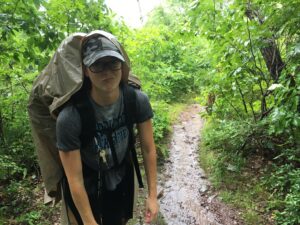
A few things you should know about backpacking and/or hiking in the pouring rain. First, the difference between backpacking and hiking.
You need to carry everything with you in a backpack when you plan to stay overnight: food, water, change of clothing, bedding, and shelter. That’s backpacking. Day hiking, you don’t need to bring as much food and water. No need for shelter or bedding either.
Hiking boots are best for long treks up a mountain or into forests or any uneven surface. You want good tread and ankle support if you can get it. Any sturdy sneaker will do, but they can’t be smooth-bottomed. You need the grip on the rocks or shale or mud or roots.
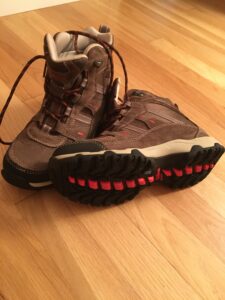
Another thing you should bring when backpacking is a rain poncho. A poncho is best so it can go over you and your backpack to keep things as dry as possible.
Long pants and longer socks are a good idea to keep any insects or ticks from clinging to your legs. A long-sleeved, lightweight shirt helps with rubbing against trees and bushes on the trail, any poison ivy or poison oak or insect bites.
The best fabric to wear when hiking is 100% polyester or nylon because these fabrics dry quickly. Whether the moisture is sweat or rain or streams you needed to cross.
Now, back to our trip. We were only hiking for two days and one night. But that one night had thunderstorms. Lots of thunderstorms. Luckily, we set up the tent during one of those “momentary” breaks between storms. Even if there is not a threat of rain, you should set up the rainfly, the tarp-like piece of nylon or canvas over the top of the tent.
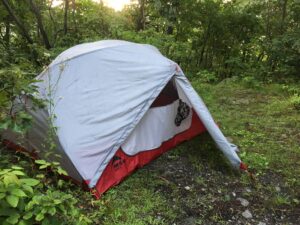
As we listened to the thunder rumbling in the near distance, we hurriedly tucked our tent into the trees at the top of the mountain to help with any wind that might come up during the storms. We climbed inside as the next storm broke, yanking off our muddy boots as we zipped the doorways behind us.
Stuck inside a hot and humid nylon tent, clothing sopping wet, we began to shed socks, pants and shirts. We didn’t put on our long-sleeved nylon shirts to hike in because it was so hot. Mistake! Our wet t-shirts never dried in the humid air, even though we wrung them out. Our pants were good. Our socks weren’t.
As we stared at each other because we couldn’t make a fire and have something interesting for dinner since it was only 6:30 p.m., we munched on salted cashews and cheerios and granola bars as we tried to think of good points to hiking in the rain.
In a torrential downpour, we didn’t need to worry about any bugs. Everything was drenched and could barely move. Centipedes, little orange newts, birds, squirrels, or any flying or hopping insect was literally plastered to the ground. I mean we didn’t even hear the cacophony of insect noises at night.
Not many hikers were on the trail, probably because of the weather.
The rain helped wash away the sweat on our skin, although it did smell like wet dog in the tent. A big, sloppy wet dog with lots of soggy fur and bad doggy breath!
We played hang-the-man and tic-tac-toe.
We told stories to each other and remembered our camping trips around the countryside and up into Canada with the family.
We counted between the time we saw the lightning strike to when we heard the thunder clap. Every count of 5 equals one mile.
We bet on which raindrop would wiggle its way down the tent rainfly first.
And then as darkness descended on top of the mountain. The rain stopped. We peeked outside. Water dripped from every branch, every leaf, every pine needle. But our tent was still standing, and we weren’t in a puddle. Never set up a tent in a low spot in a forest or on a mountain. Anywhere.
The stars even came out. The black velvet sky was full of them. We had only a small clearing in which to gaze up at them. It was too dark to venture too far from the tent, even with a flashlight. There was no path to where our tent was set up, and we didn’t want to put on our wet shoes.
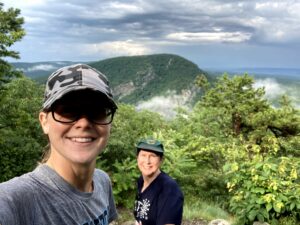
The sun finally poked its head out the next morning. Our shoes were still wet, our socks and shirts damp. The tent was wet, our sleeping bags moist, but we didn’t care. We got dressed, shoved everything into our packs, and had a dry hike. You see, we knew that by dinnertime, we’d be home for a hot shower and dry clothes.
Thanks so much for reading Camping with Five Kids. Do you like to backpack? In dryer weather, I’m sure. Has it ever rained heavily while you were hiking with the family? What did you do? Once again, there are no wrong answers here.
We are so ready to embrace autumn and cooler, dryer temperatures. How about you? Happy autumn!

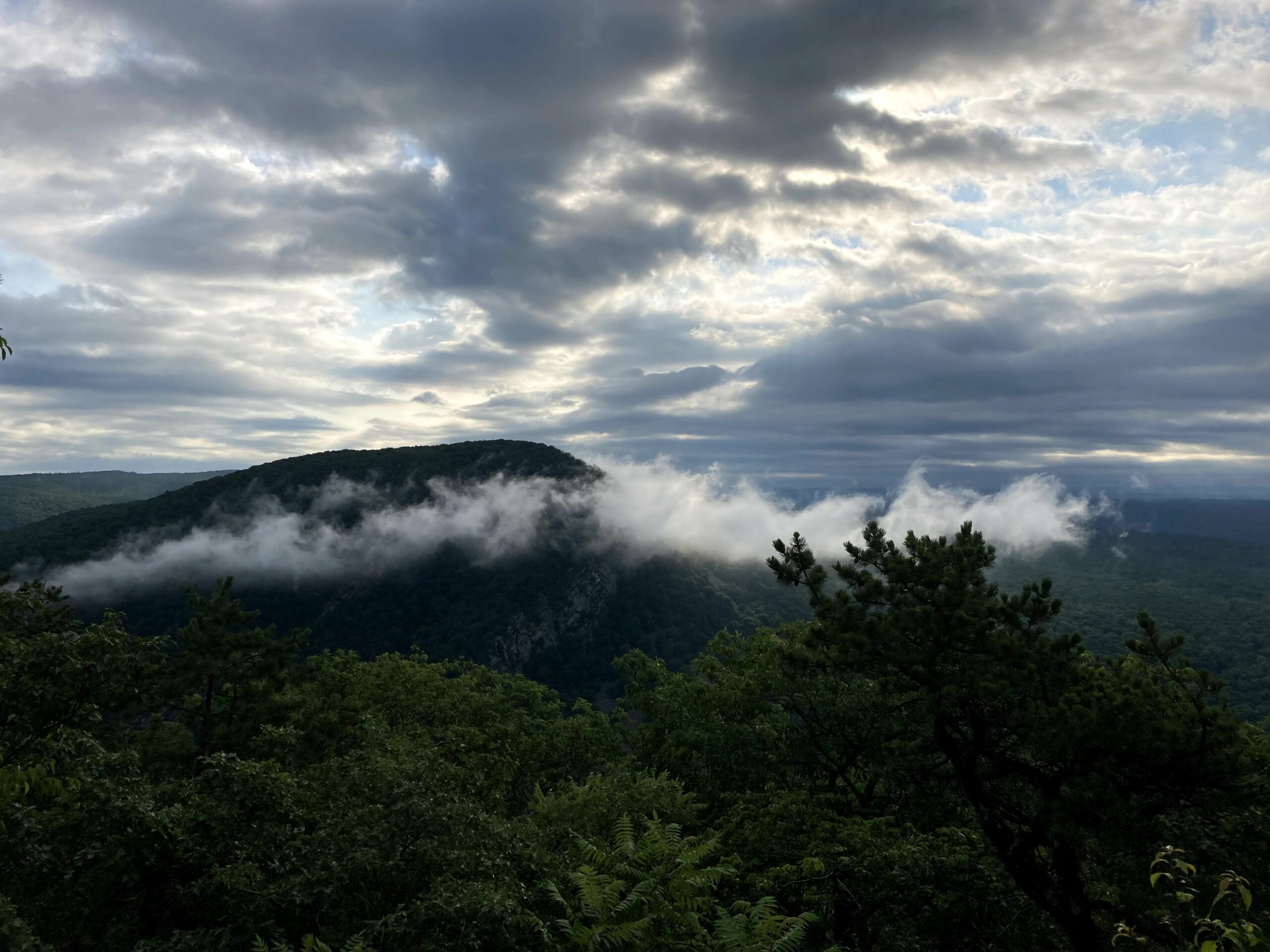
dedicated hikers will not let a little rain stop them from enjoying nature.
You are so right, William Marshall. Thank you so much for visiting Camping with Five Kids and leaving a comment. It is truly appreciated. Have a beautiful weekend!